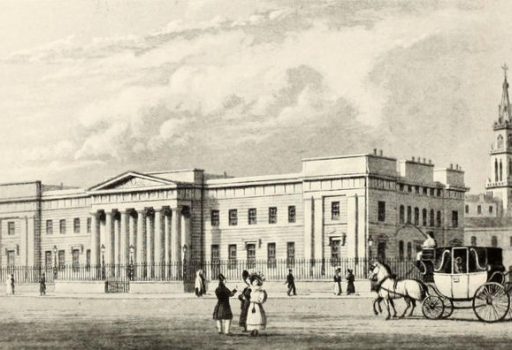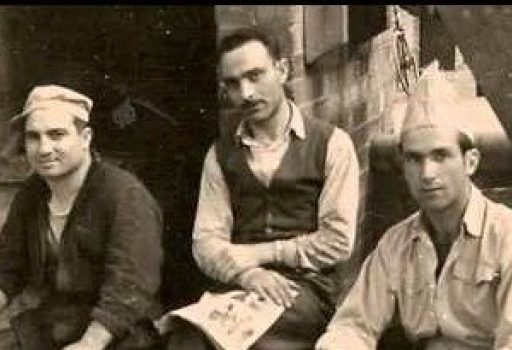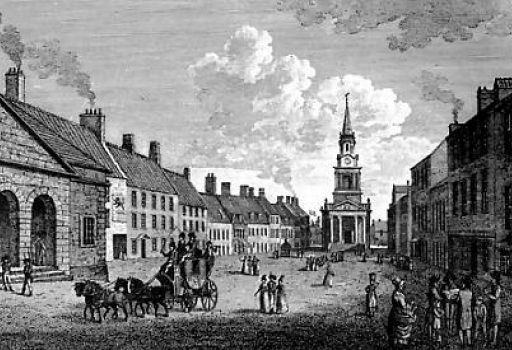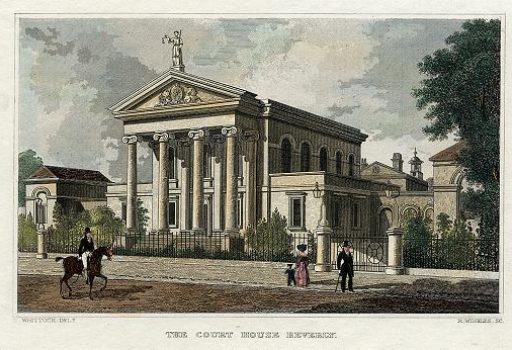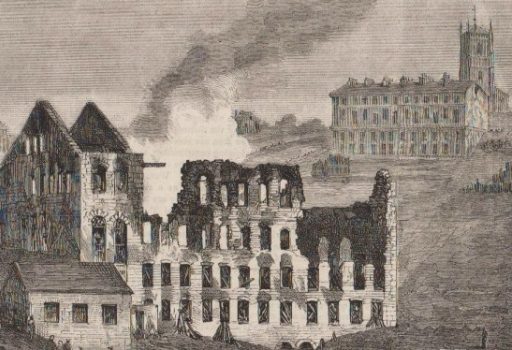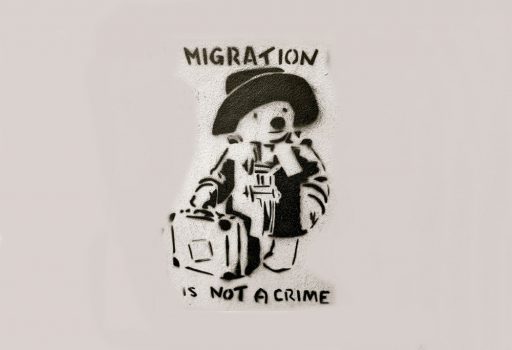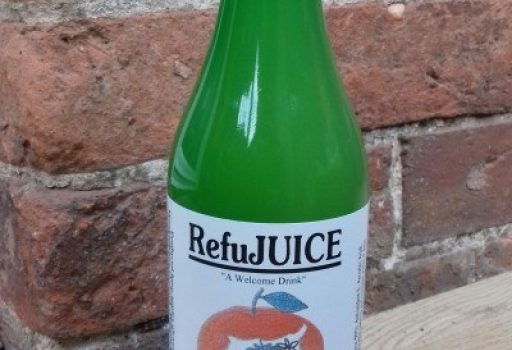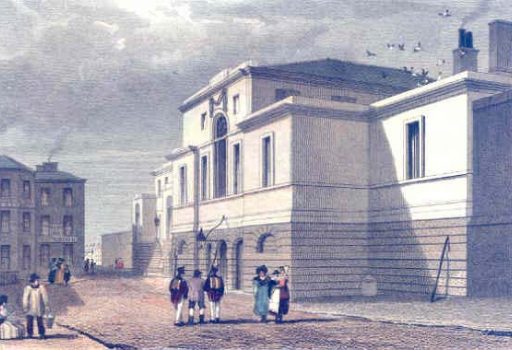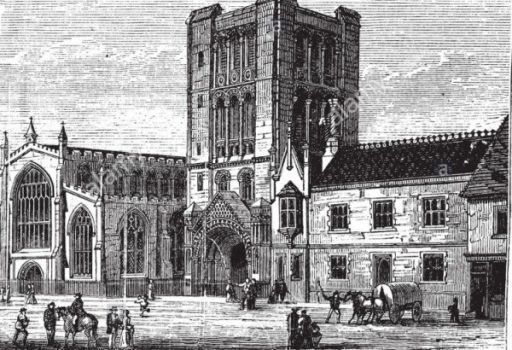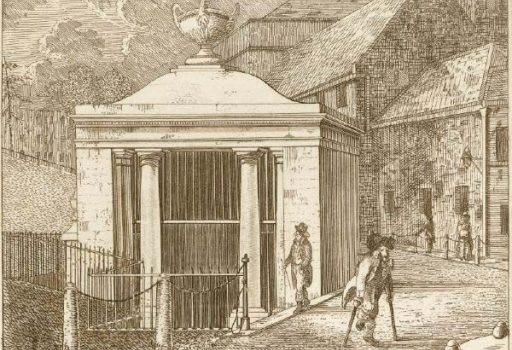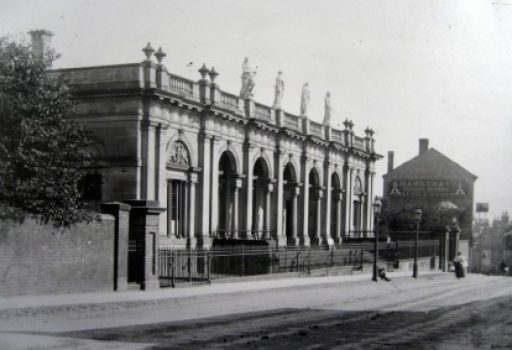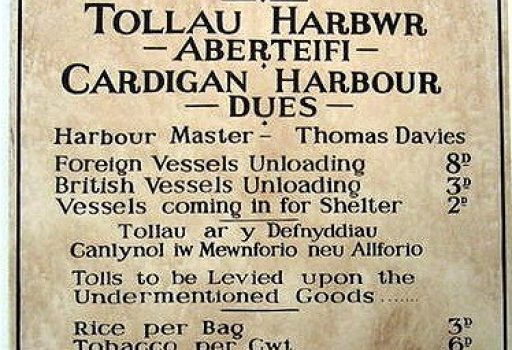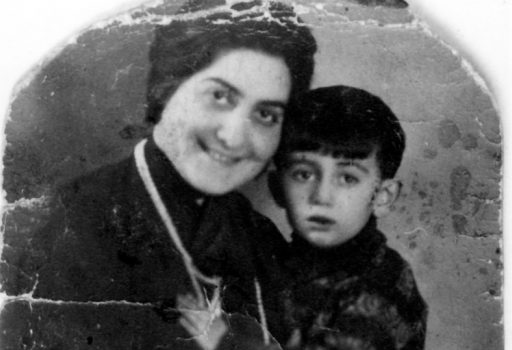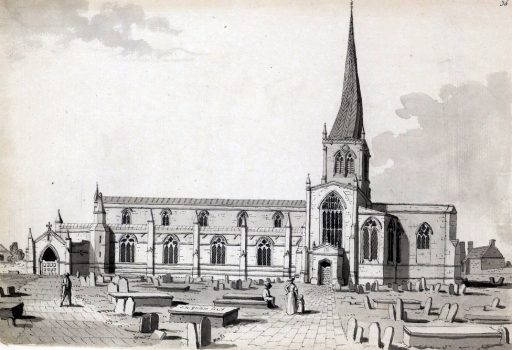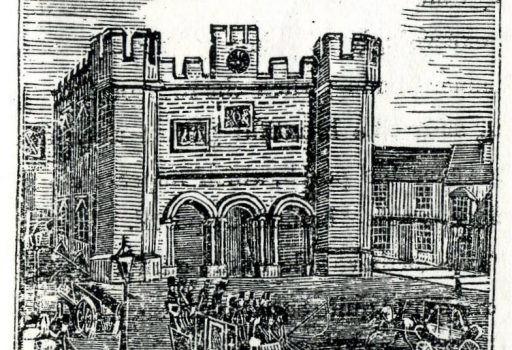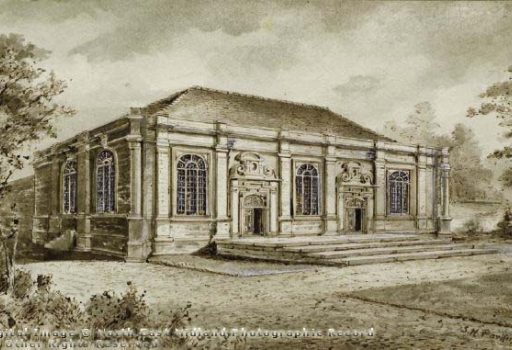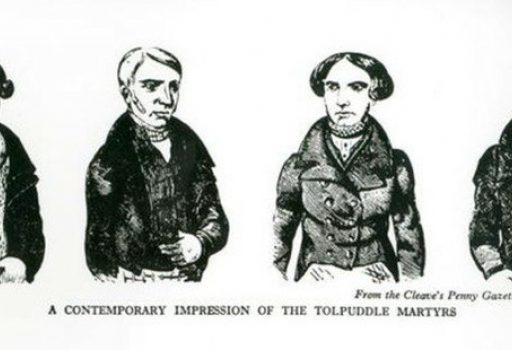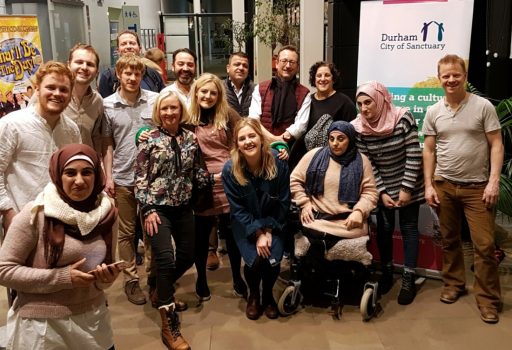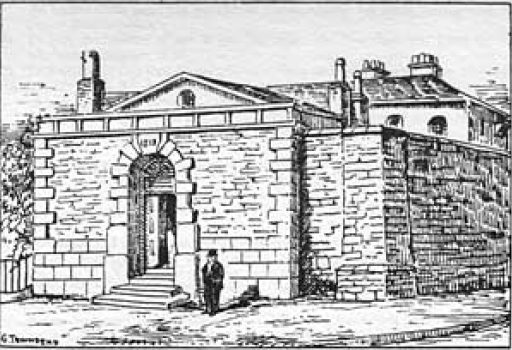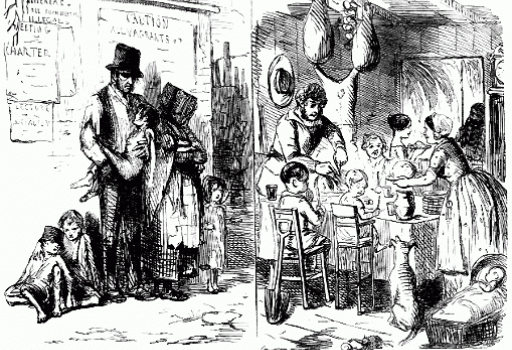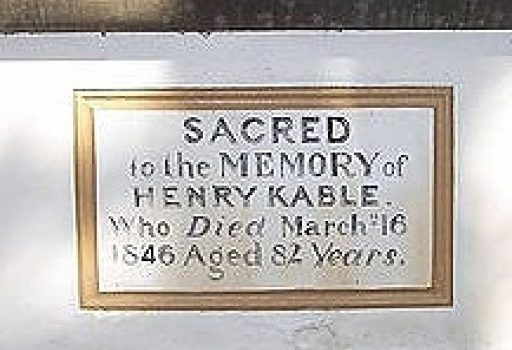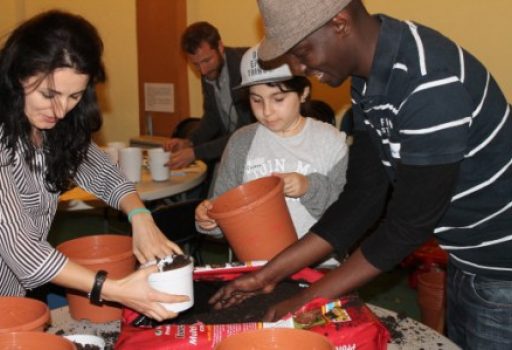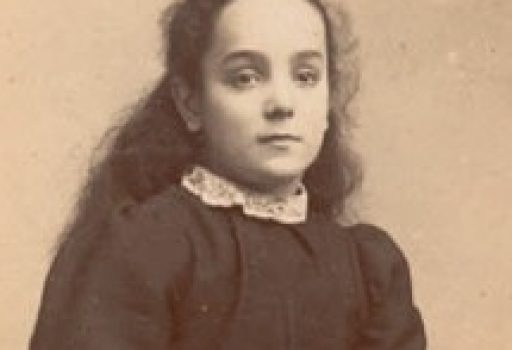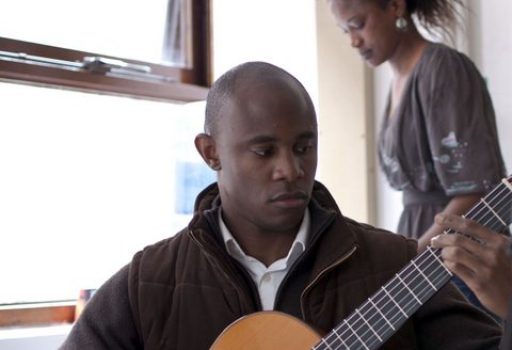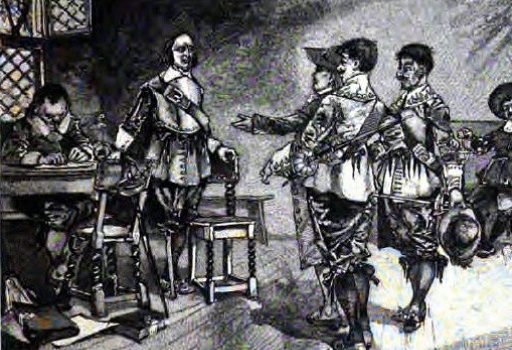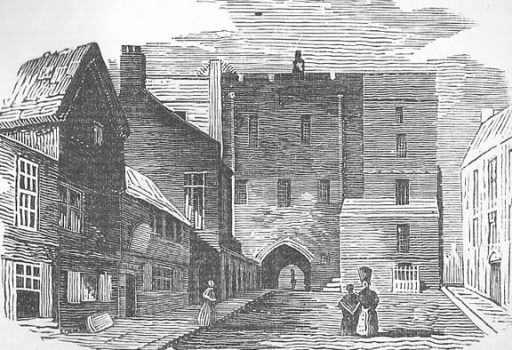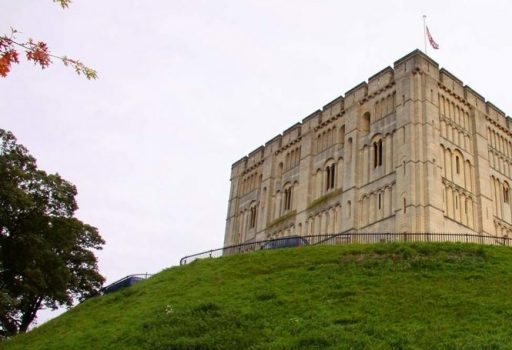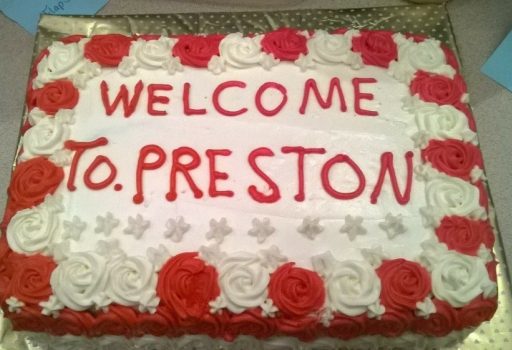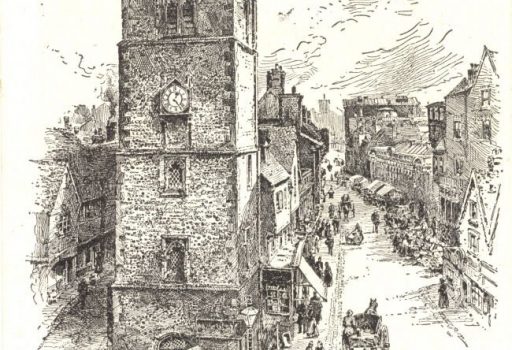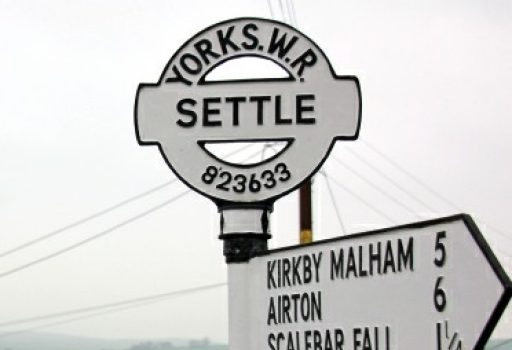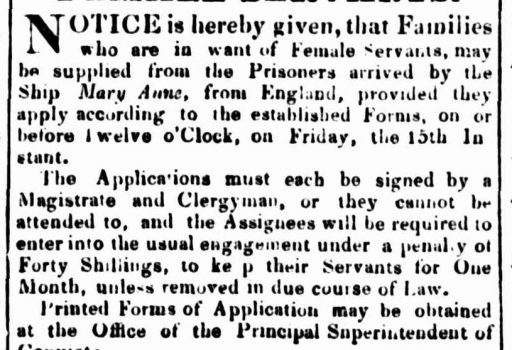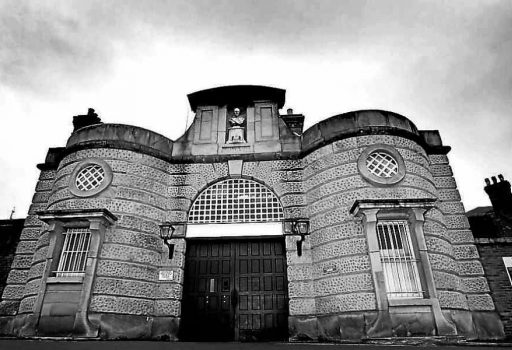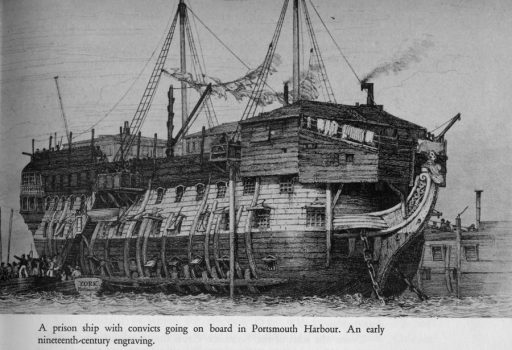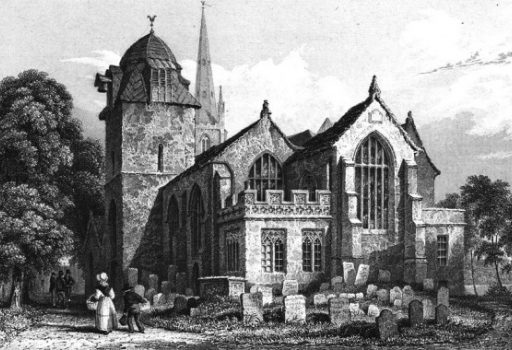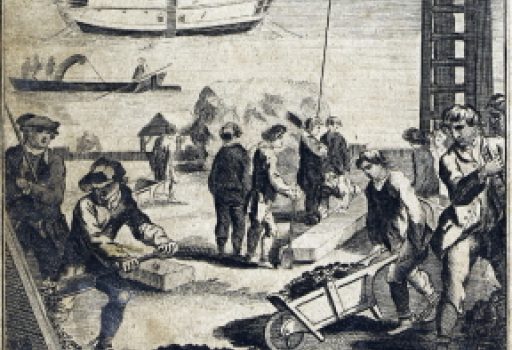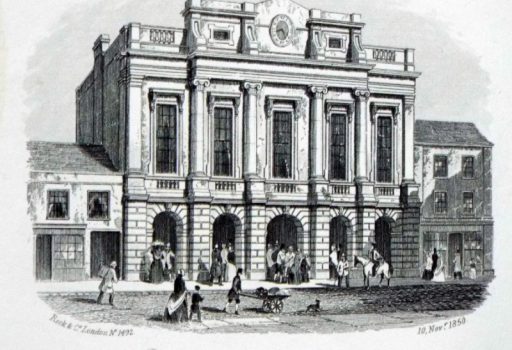Glasgow lawyer THOMAS MUIR was sentenced for 14 years transportation for political sedition. After months of hard labour on a prison hulk in London’s River Thames, he sailed on the Surprise, arriving in Sydney on 25th October 1794. One of the ‘Scottish Martyrs’, Muir’s crime was to agitate for constitutional reform. This was a time when Thomas Paine’s Rights of Man sold a million copies in Britain. With the French Revolution in full swing, the British establishment were determined to quell its native Jacobins, but felt Scotland would be a safer place to start the crackdown. Muir was an ardent, articulate figure. He was shipped away along with other radicals such as Thomas Palmer, William Skirving and Maurice Margarot. Once in Australia, they were not harshly treated. Their wealth enabled them to live more comfortably than most convicts. But in 1796 Muir escaped on an American vessel. Reaching California, he headed into Mexico to avoid a British warship. The Mexican authorities treated him as a spy, shipping him back to Spain. Outside Cadiz, his vessel was attacked by Royal Navy ships blockading the port and Muir was severely wounded. He managed to escape and get to Paris, where he was first greeted with popular adulation. Sadly his picaresque life soon ended in obscure poverty in nearby Chantilly.
At the age of 19 in 1839, JANET ANDERSON was lodging with a Henry McDead in a house in Old Wynd Glasgow, when she was convicted at the Gorbals Police Court of housebreaking and sentenced to seven years transportation. On arrival in New South Wales on the Mary Anne, she was sent to work in a factory in Parramatta. She married Thomas Catley in 1846 in Bathurst. They had five children. She lived until she was 74.
JAMES BELL broke into the cellar of a tenement on the east side of Glassford Street in Glasgow, but he was captured and (allegedly) beaten about the head by a woman with a crutch. Sentenced to seven years transportation, he arrived in New South Wales in 1831 on board the York and assigned to the landowner George Townsend in Patterson. Townsend had a workforce of 25 convicts and six free men, who cleared land and helped grow tobacco and raise cattle and sheep. In time, Bell gained his freedom, married Wilhemina McLeod at the Scots Church in Patterson and took a tenant farm of his own. His death notice in 1852 described him as ‘a respectable settler whose funeral was attended by nearly all the neighbours.’
JOHN LATTIMER was one of four teenage handloom weavers from Paisley who had a drunken night out on 24th March 1829. Walking by the canal, they stole some pigeons from a farm then, on the Glasgow road, they stole a watch from a passer-by. All were teenagers. All received life sentences at Glasgow Court of Justiciary. Wages for weavers in Paisley, a centre of the Scottish textile trade, were then less than half their rate of ten years before. The crimes of these four lads were a mix of juvenile delinquency and hunger. The four arrived together in New South Wales in 1830 on board the Nithsdale. Lattimer died in Parramatta Hospital six years later.
PATRICIA NGANGA was a paediatric nurse in Congo Brazzaville. After her chemist mother was murdered by the government, and her husband fled the country to avoid persecution, she decided in 2003 she must herself escape. She reached Britain and was put into detention. After a few years she came to Glasgow and in 2011 she was granted leave to remain in the UK. She has since worked closely with the Refugee Women’s Strategy Group and the Scottish Refugee Council. You can read more about her here.
Our partner in Glasgow is Positive Action in Housing, which helps people from refugee or migrant backgrounds to rebuild their lives.
